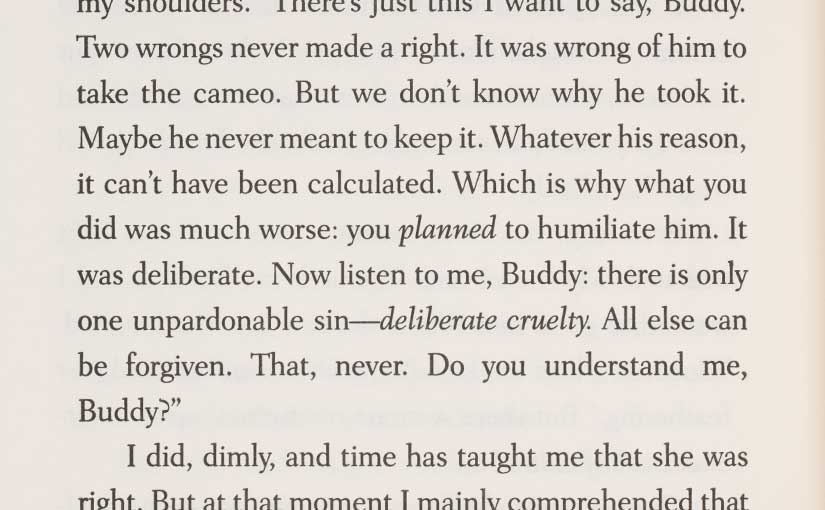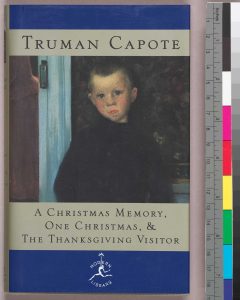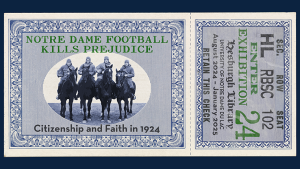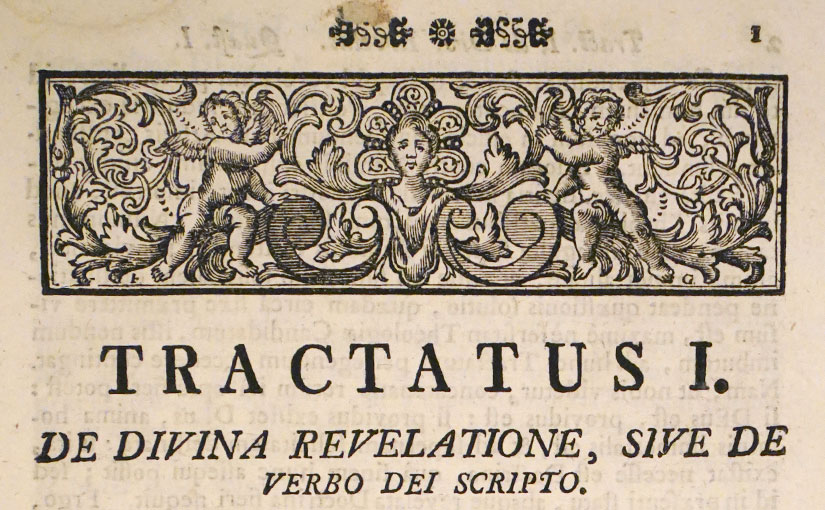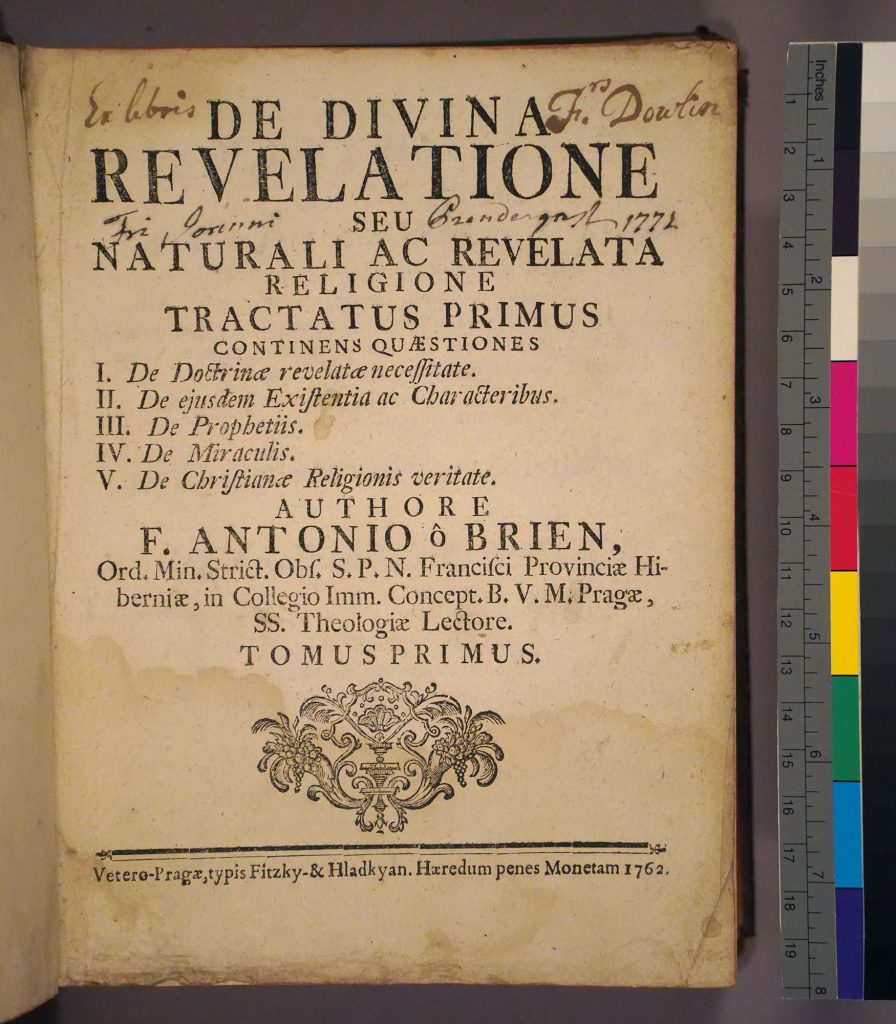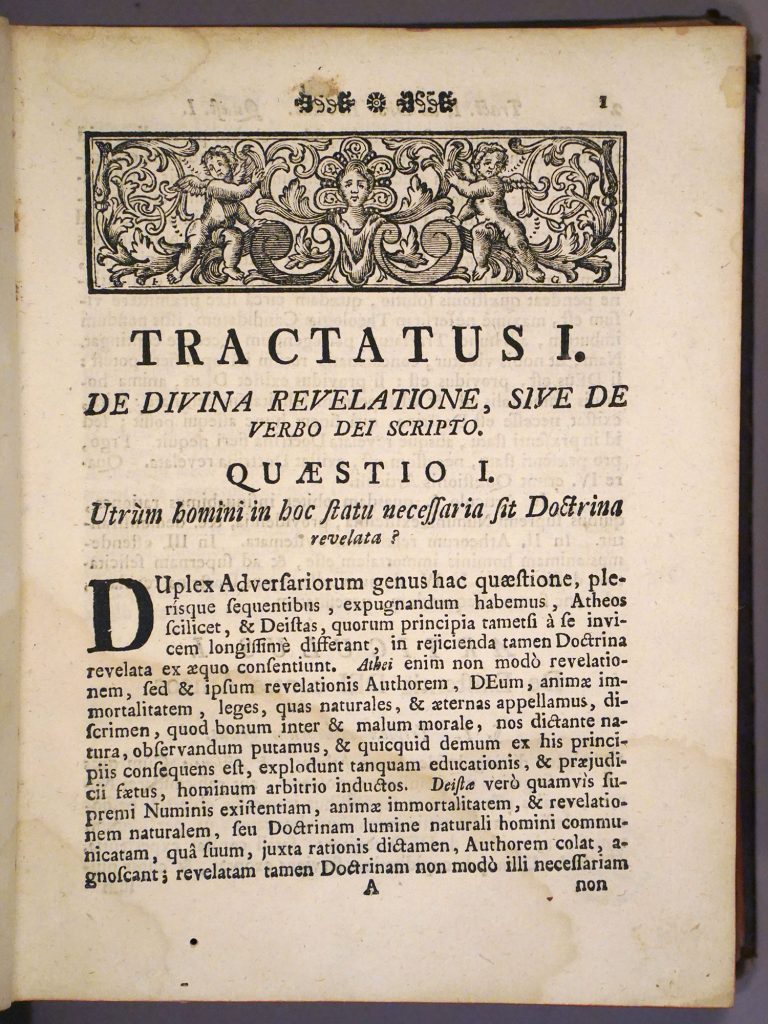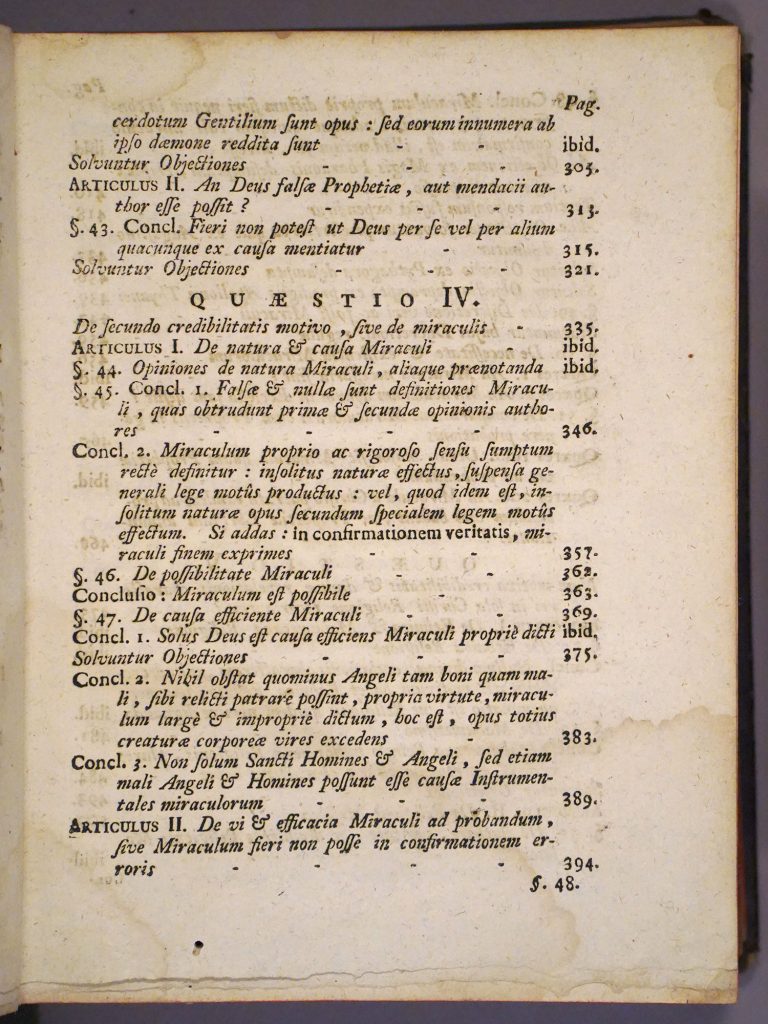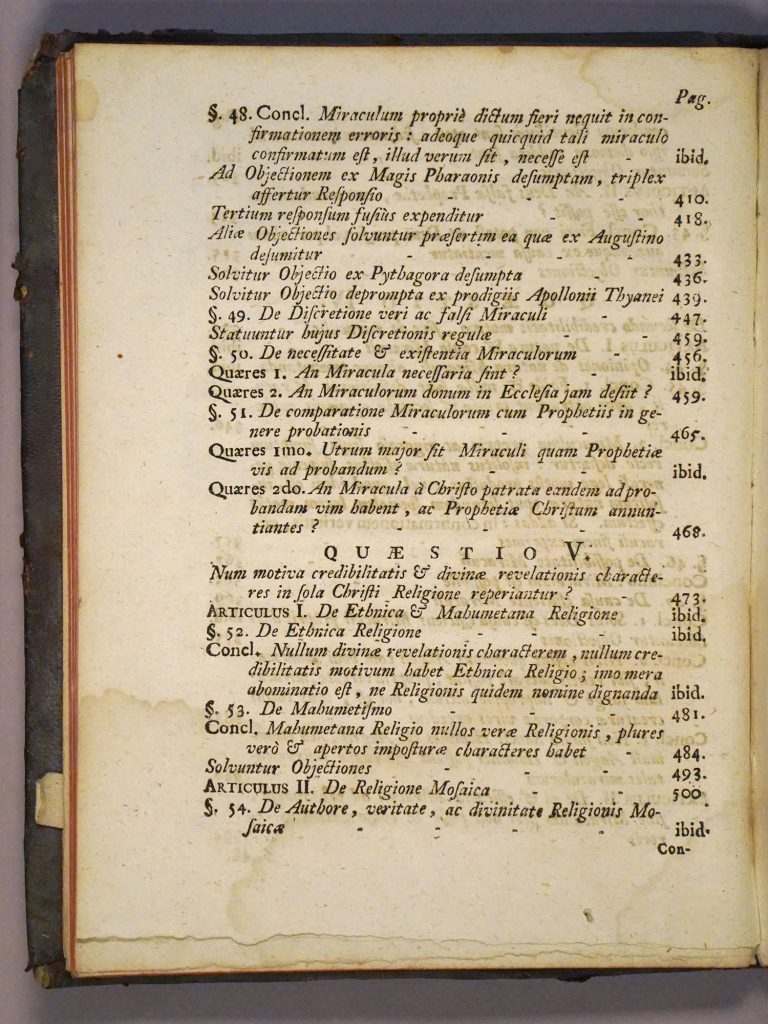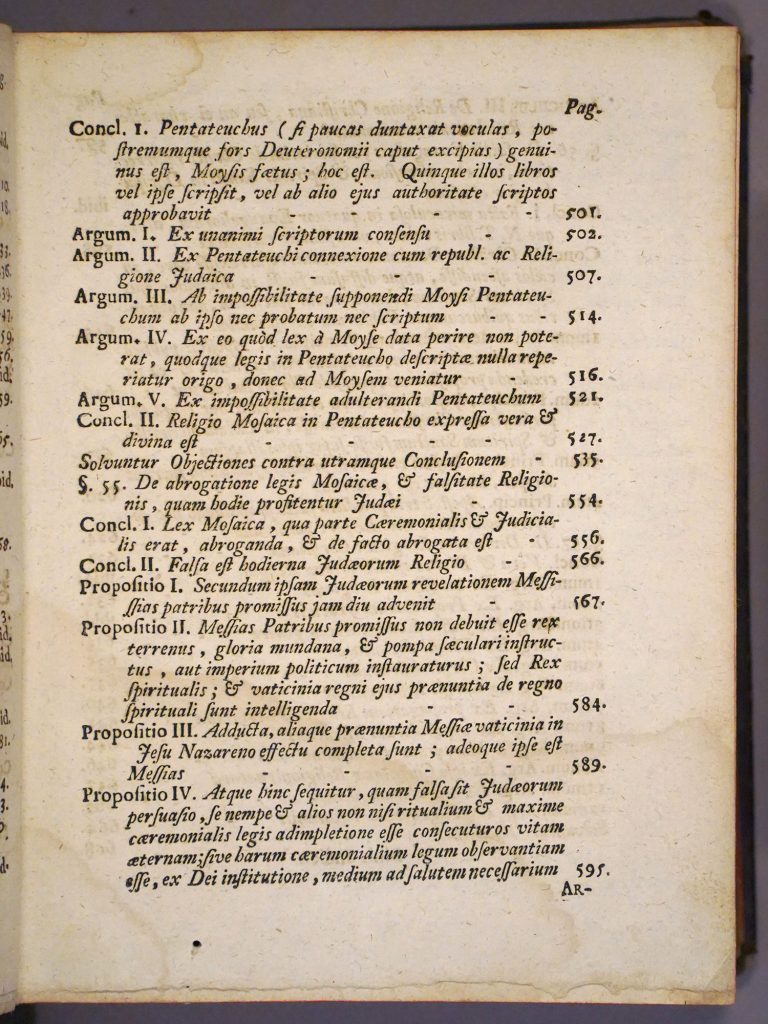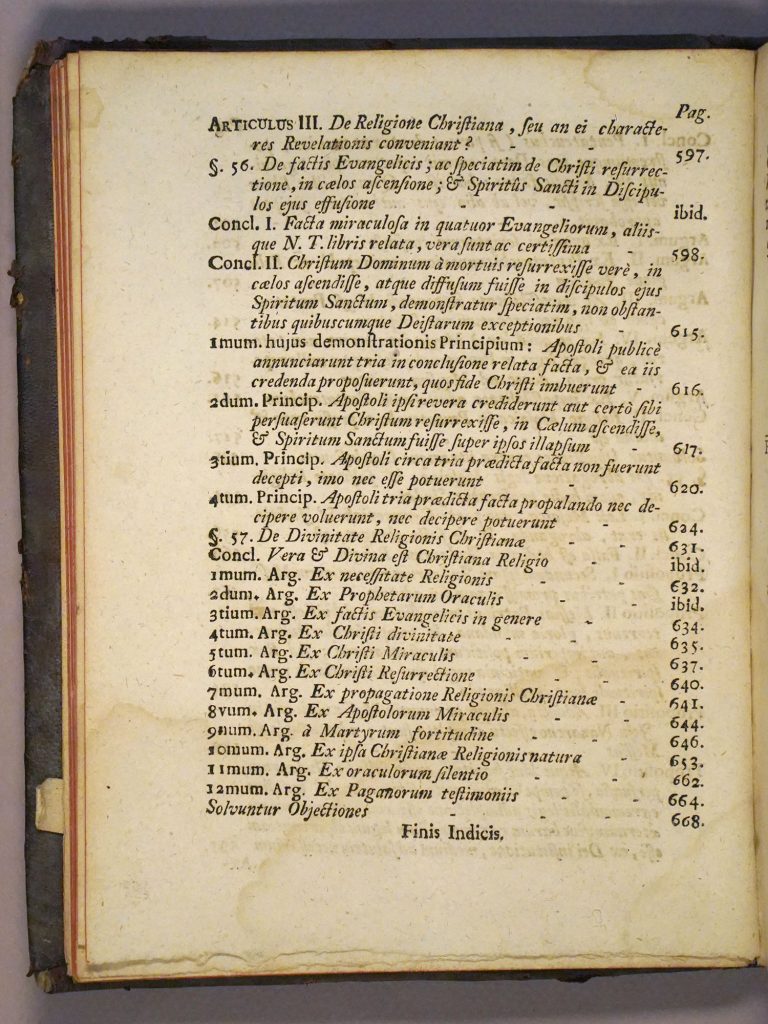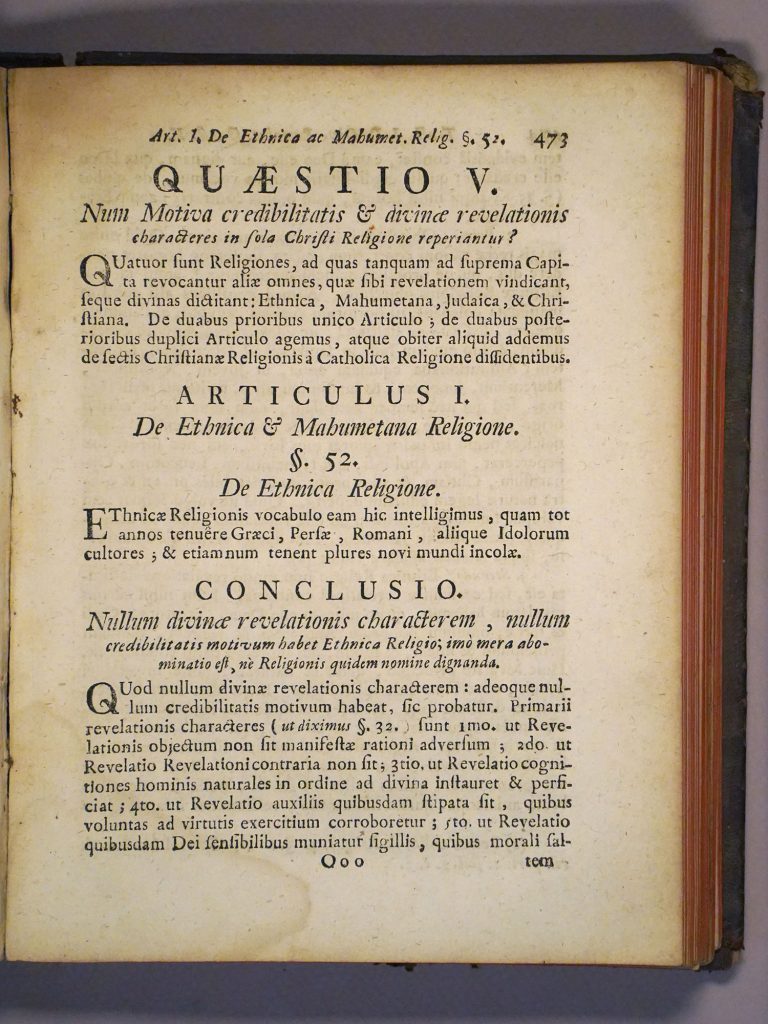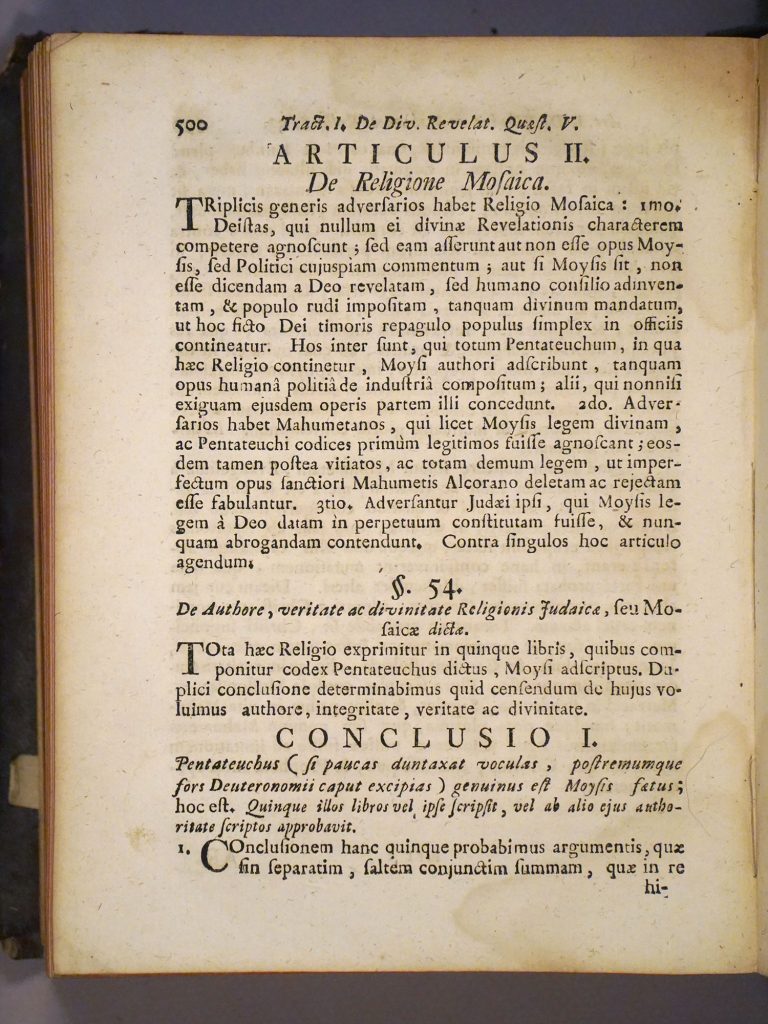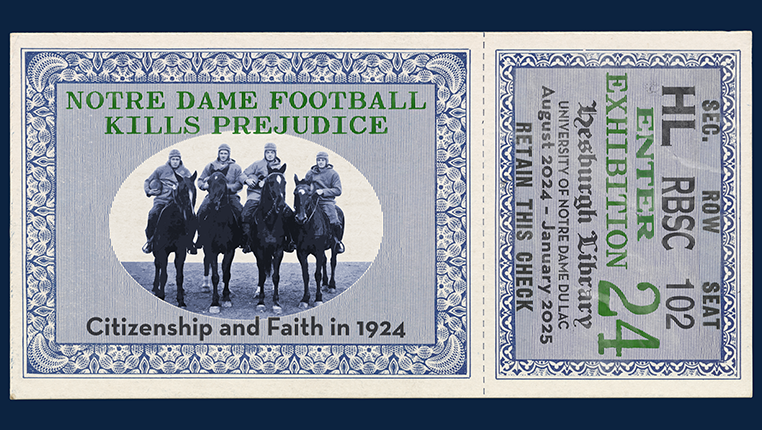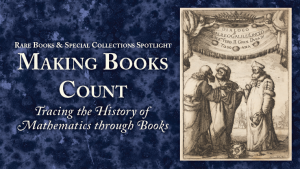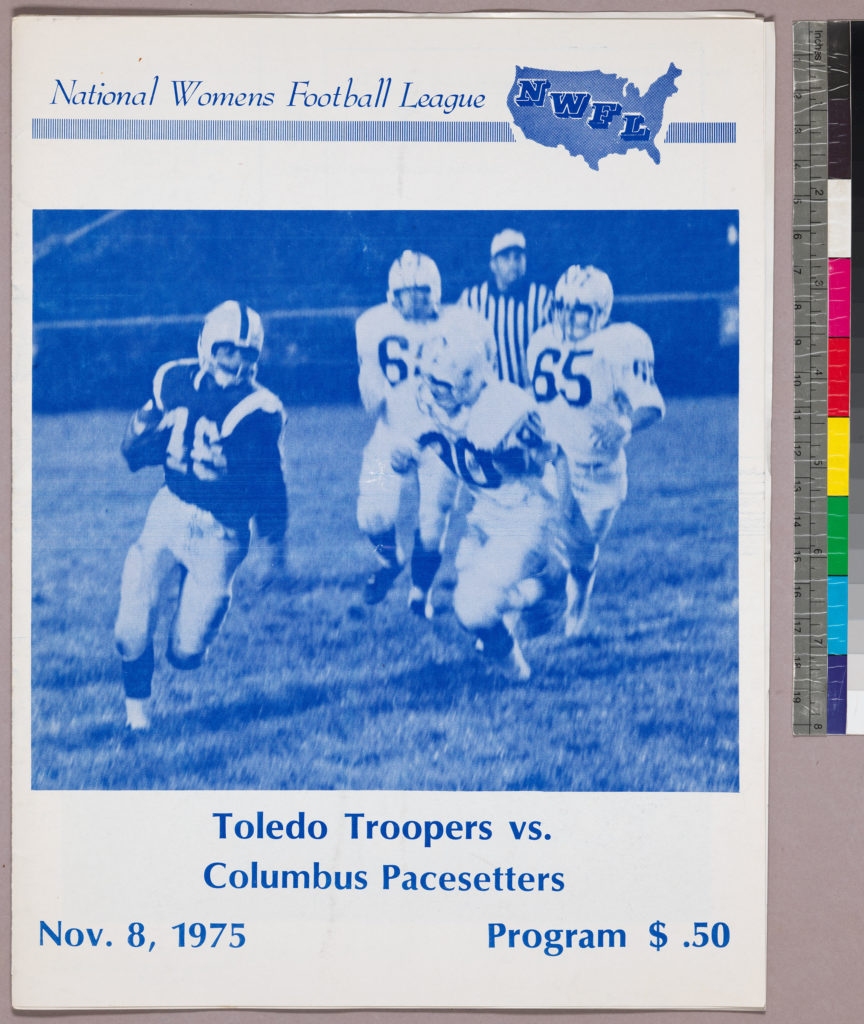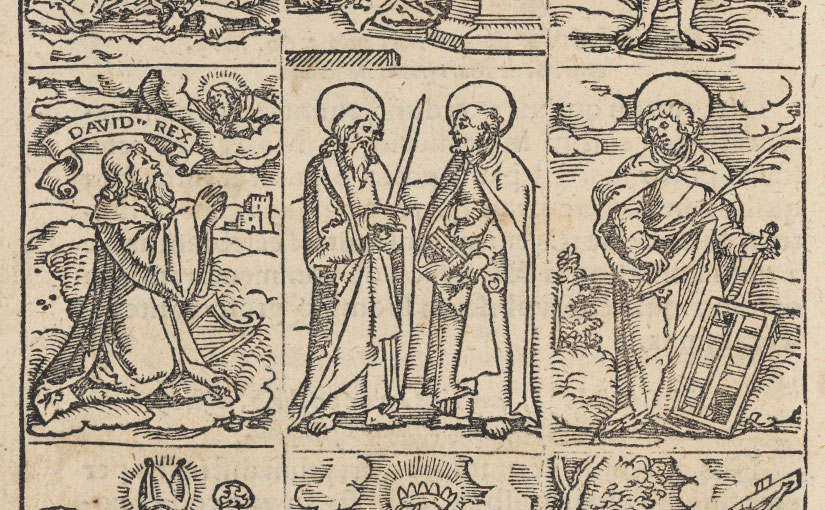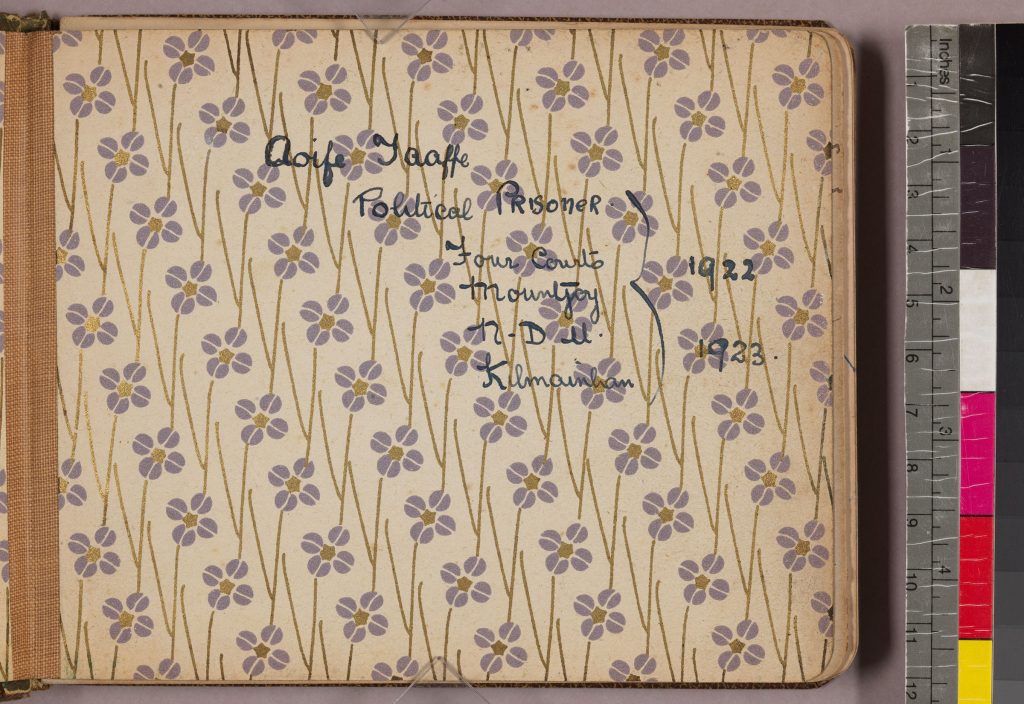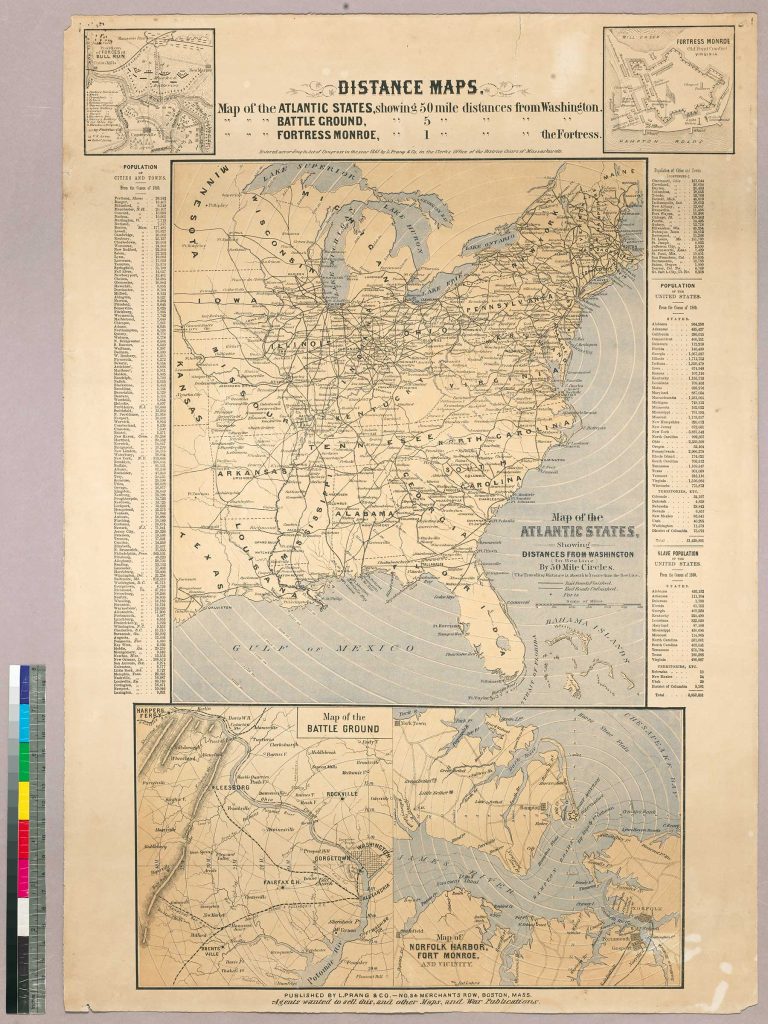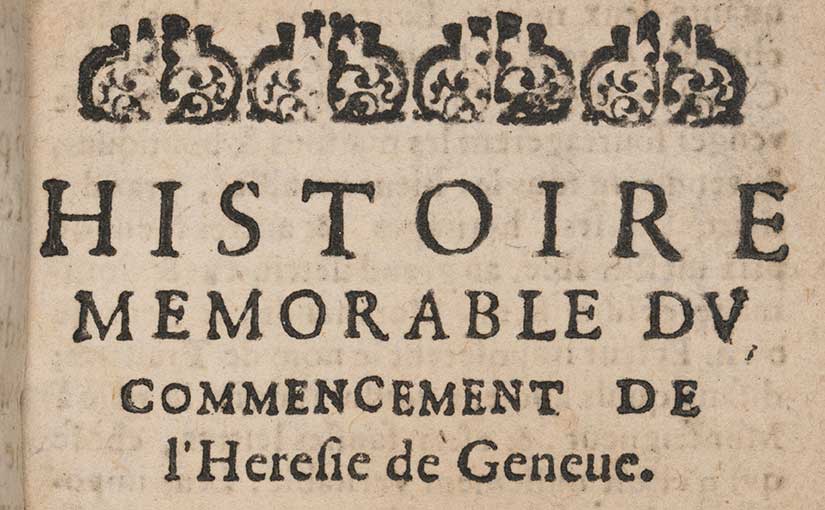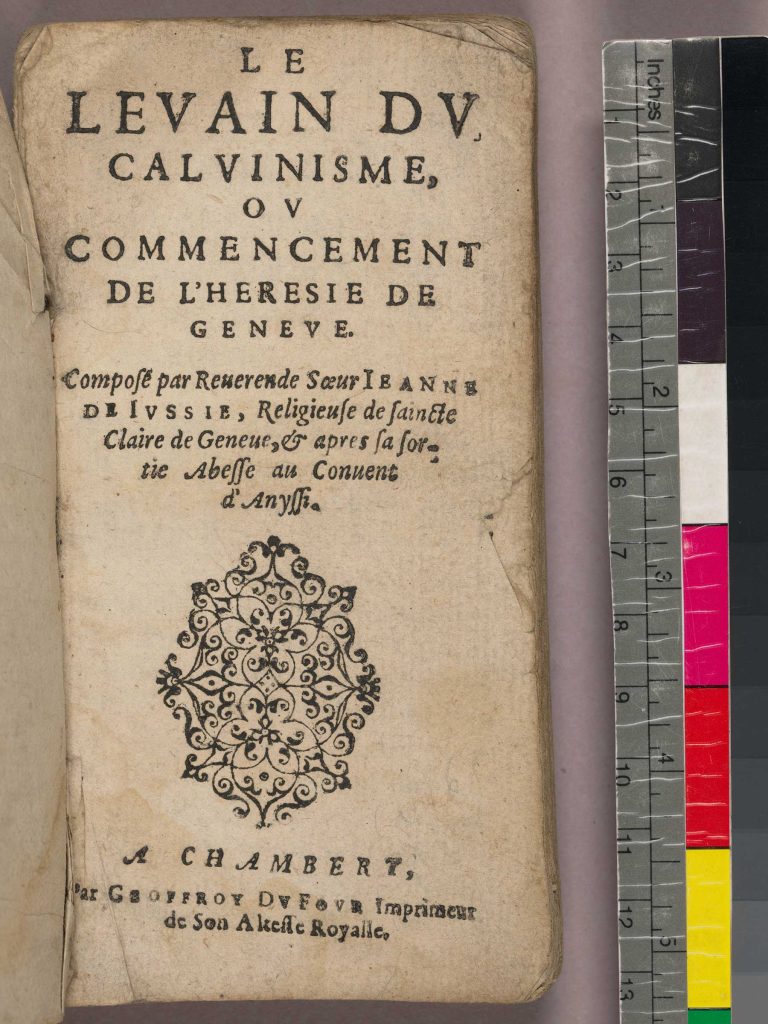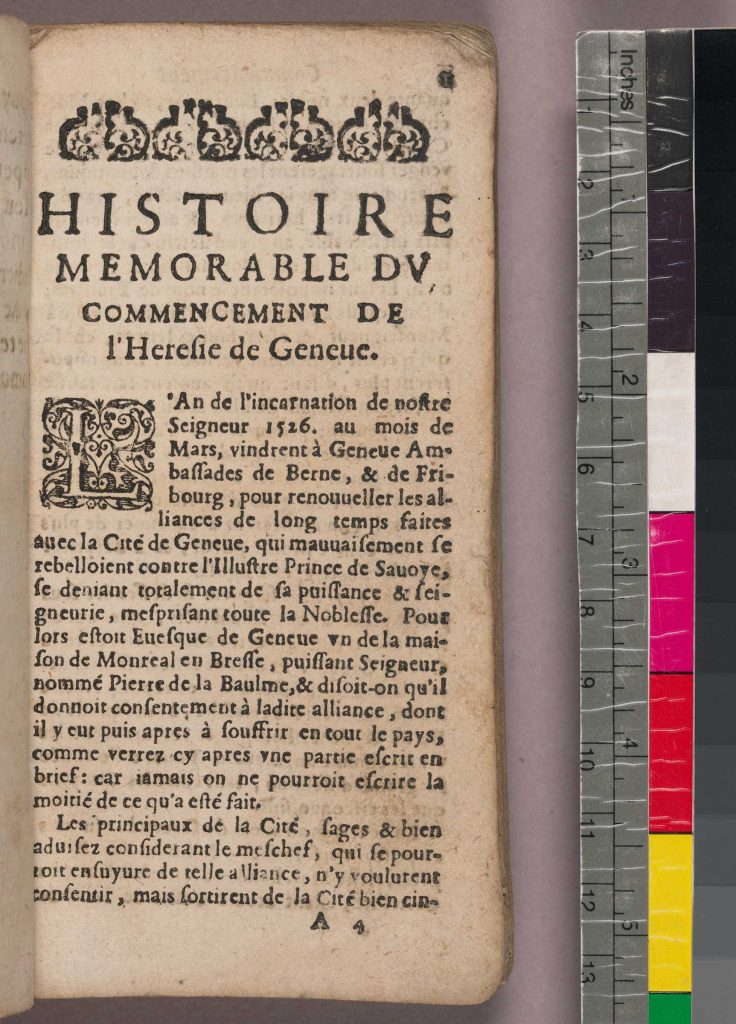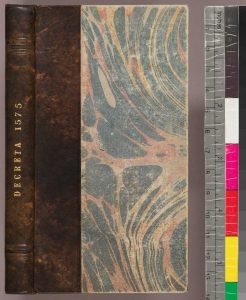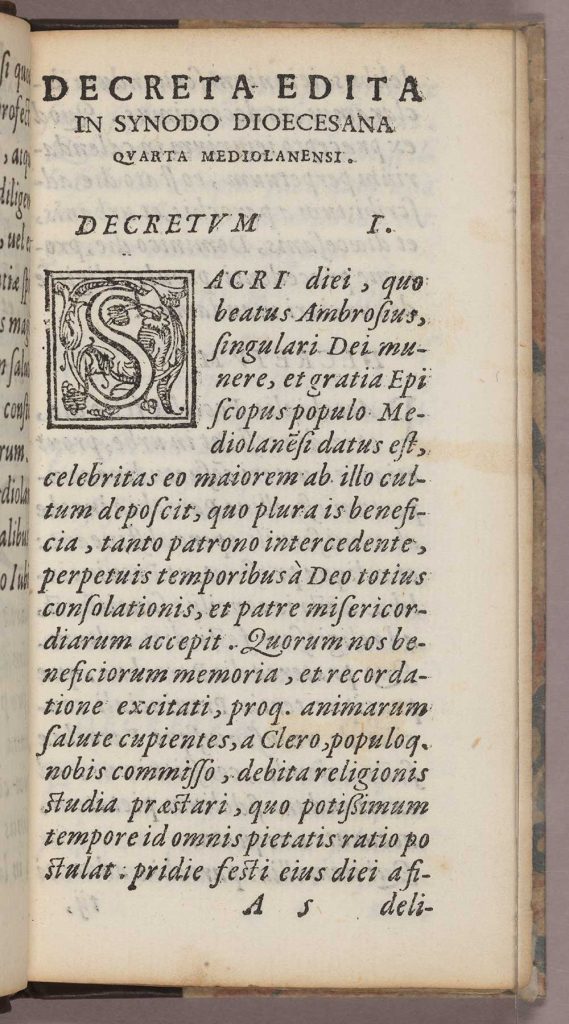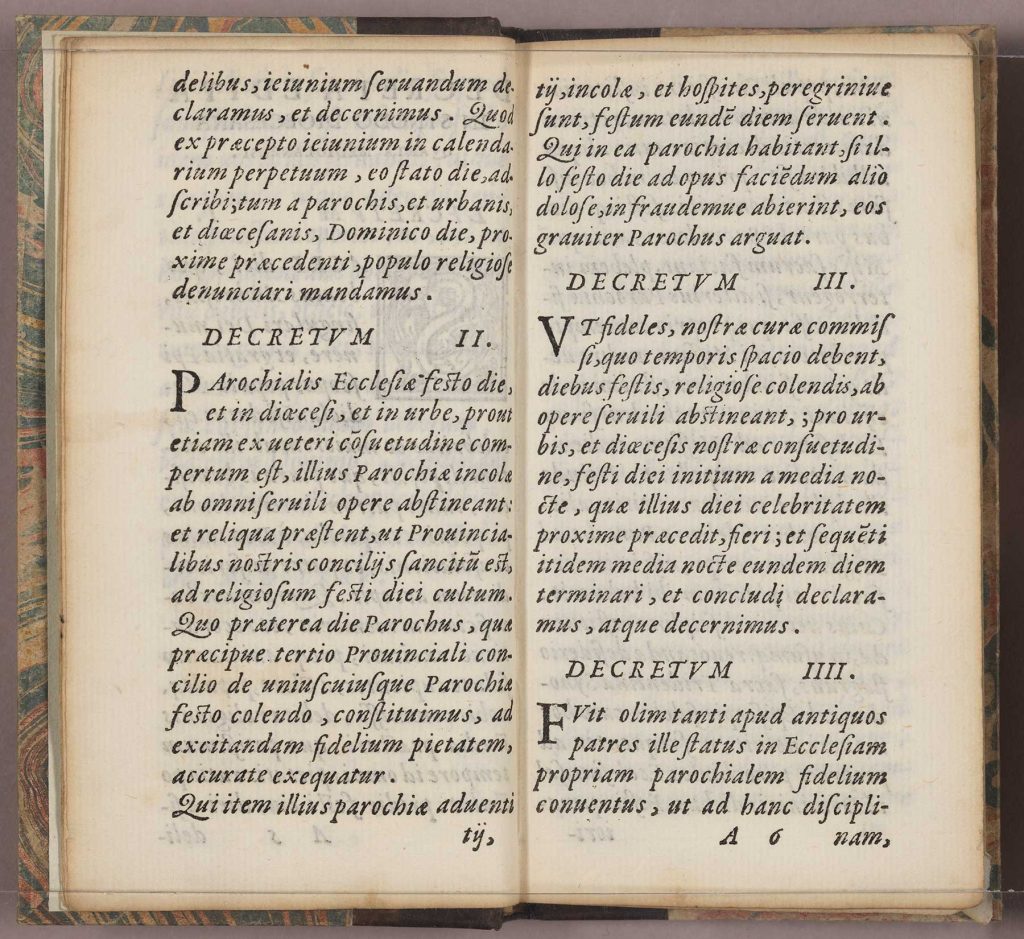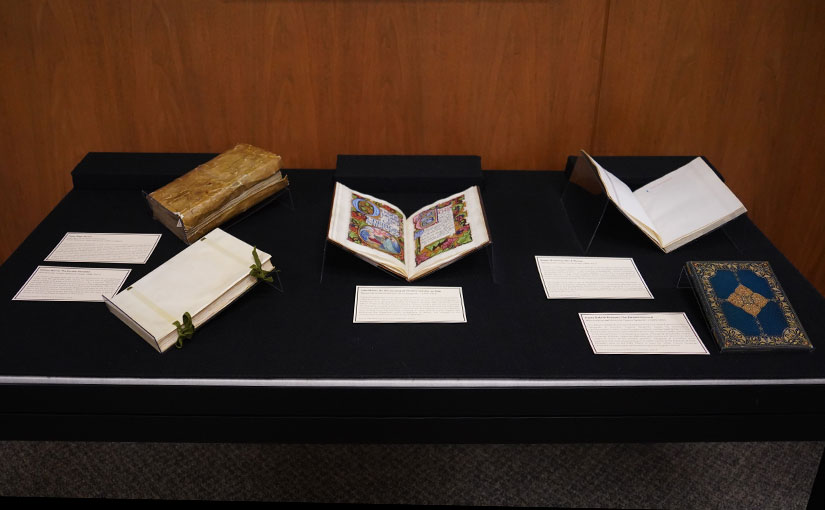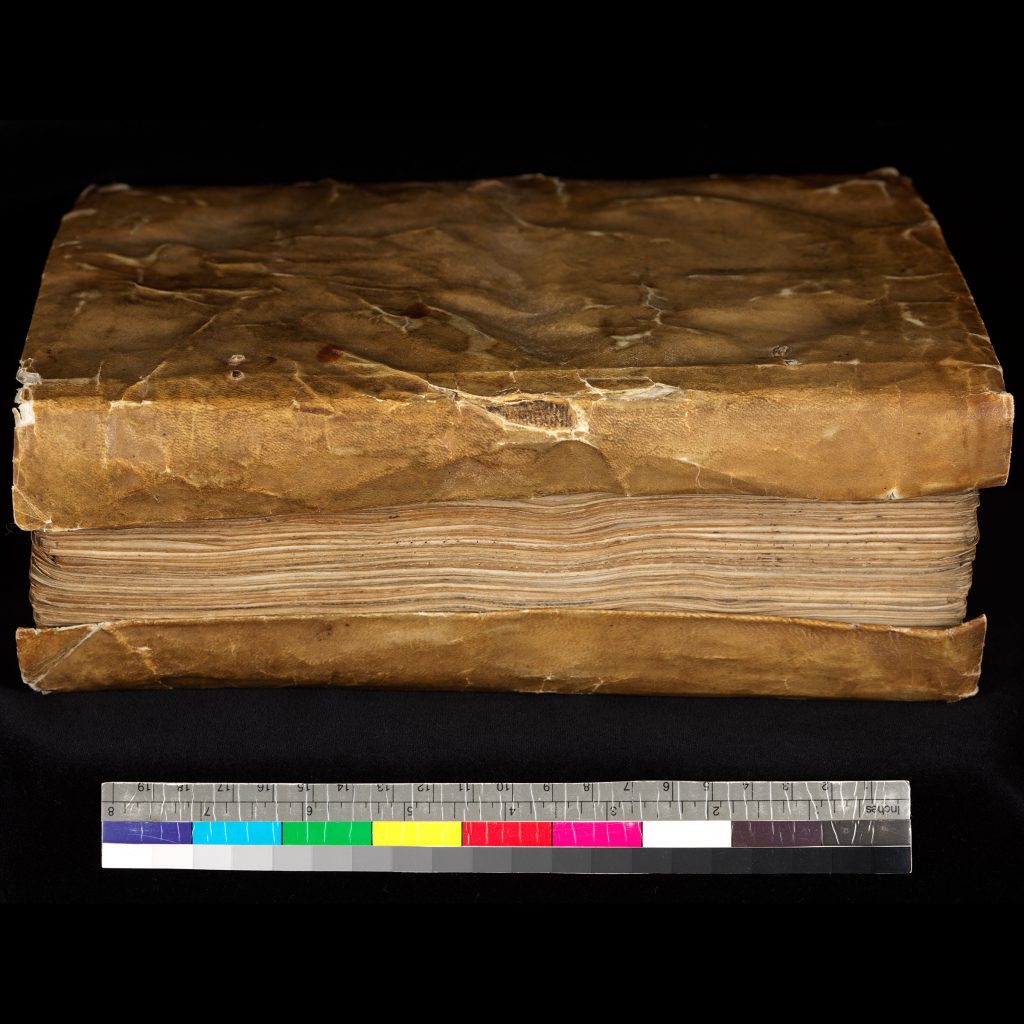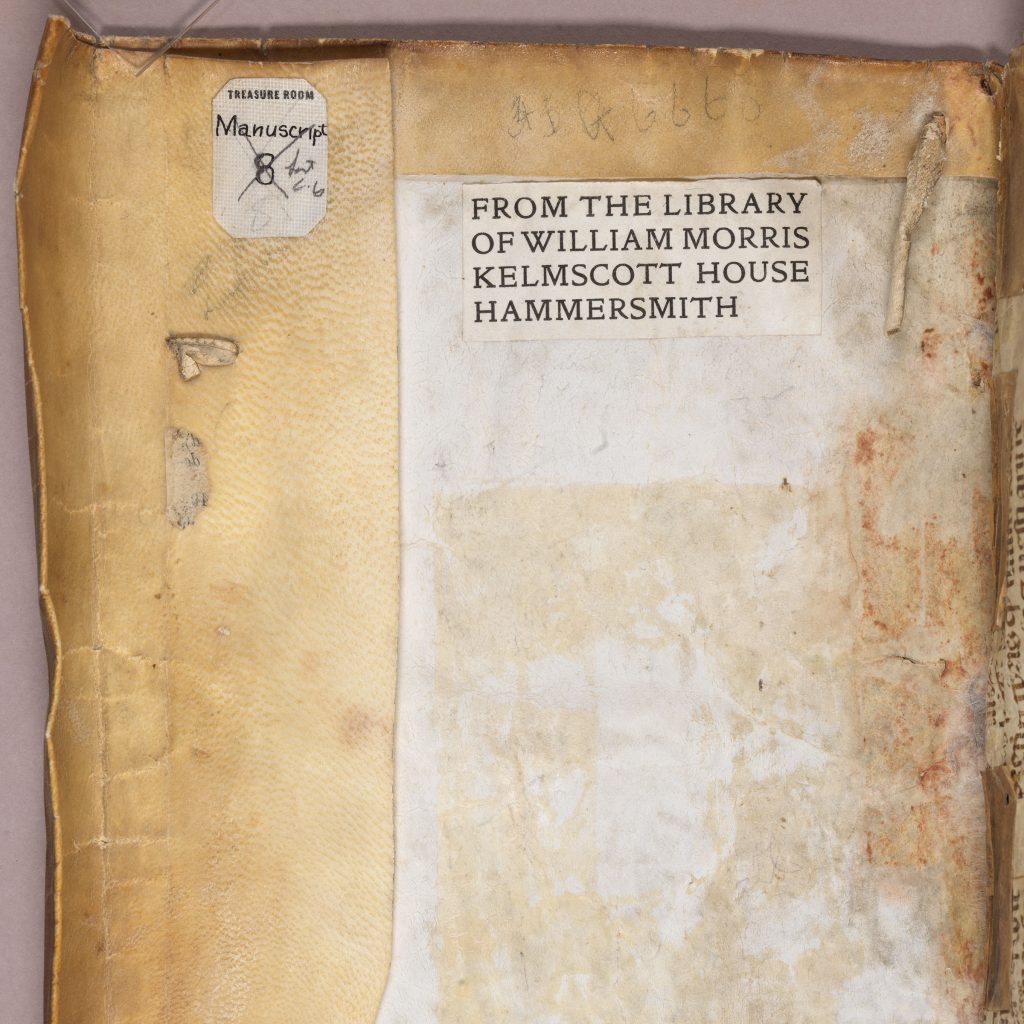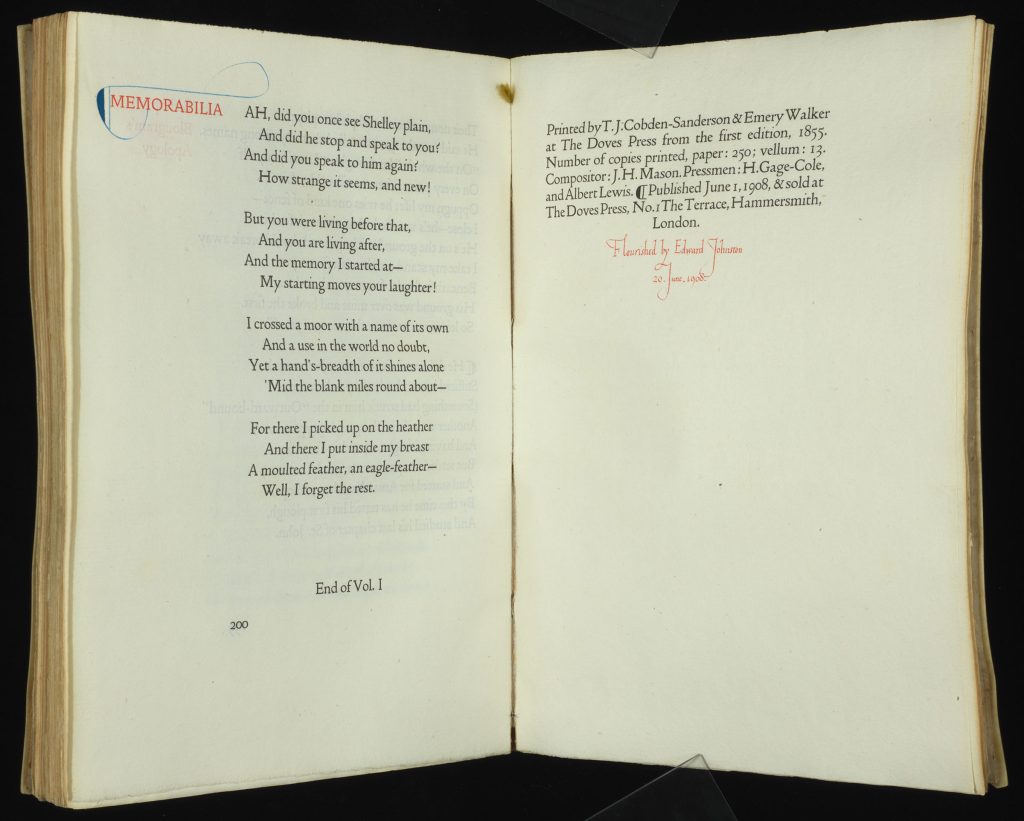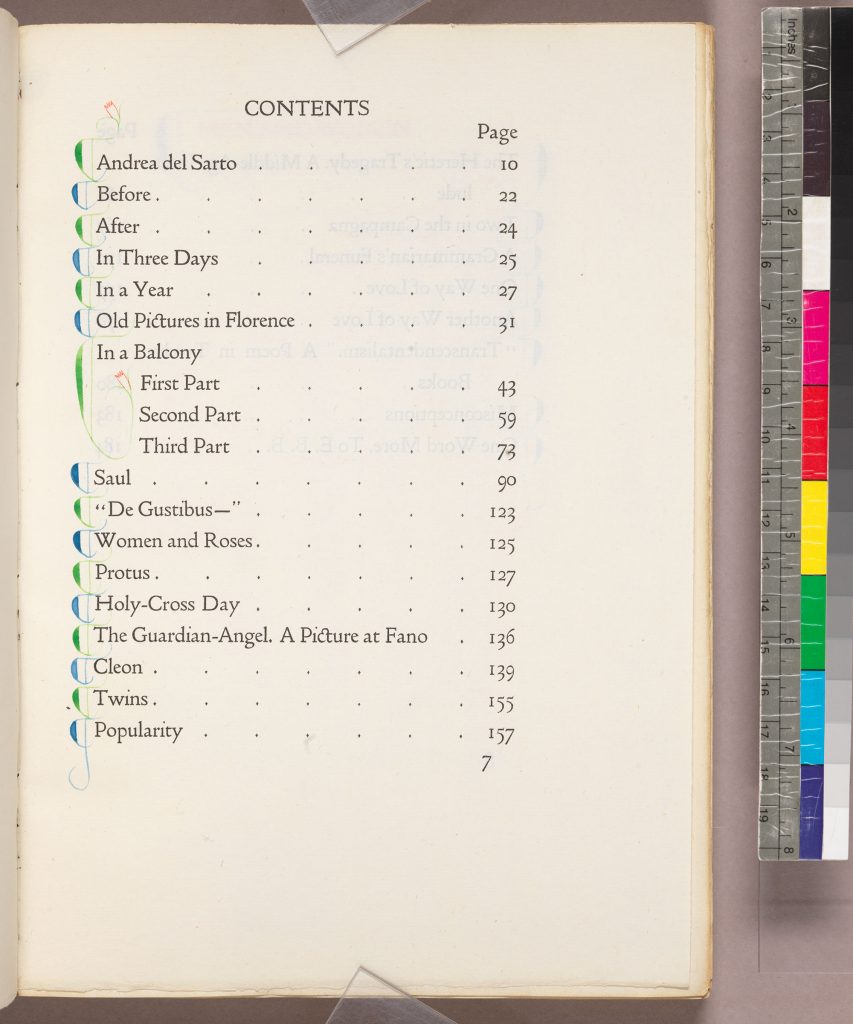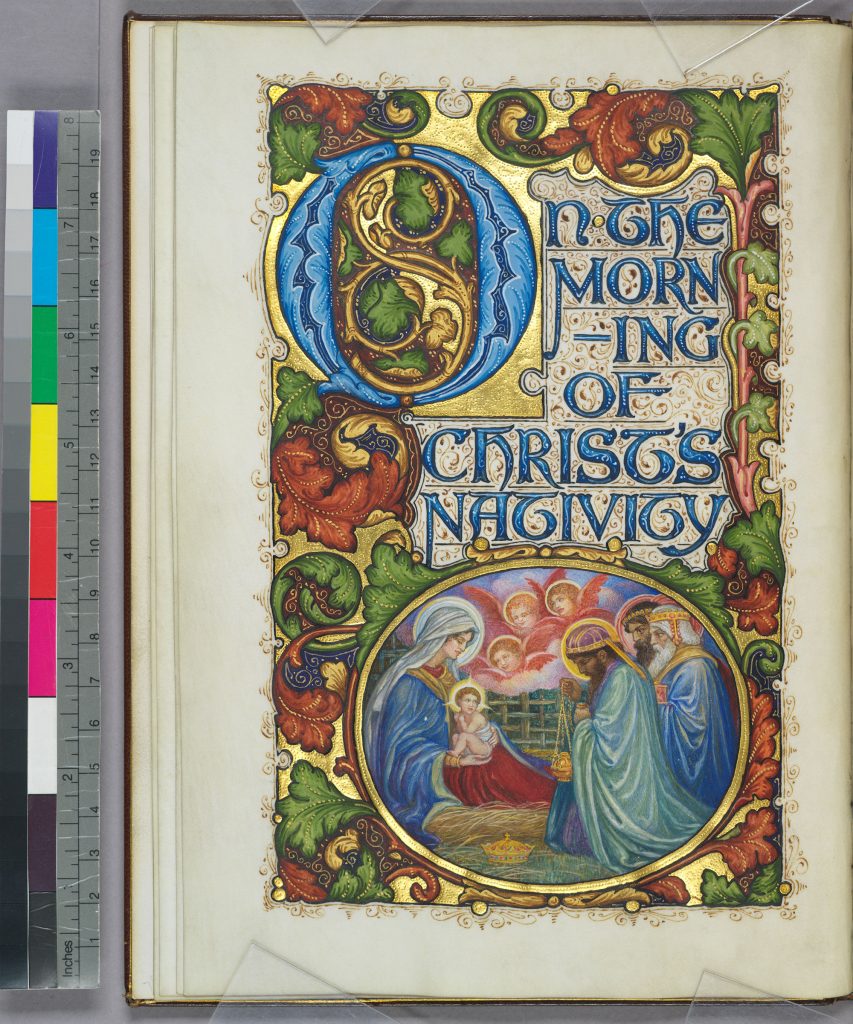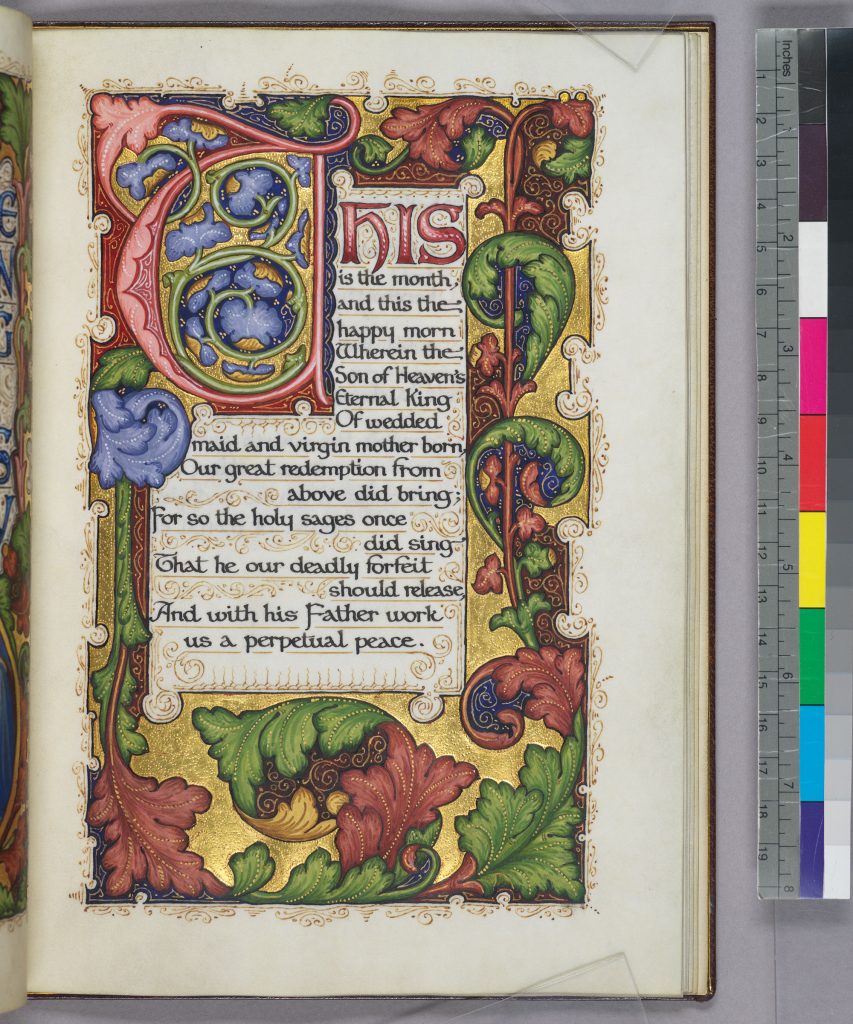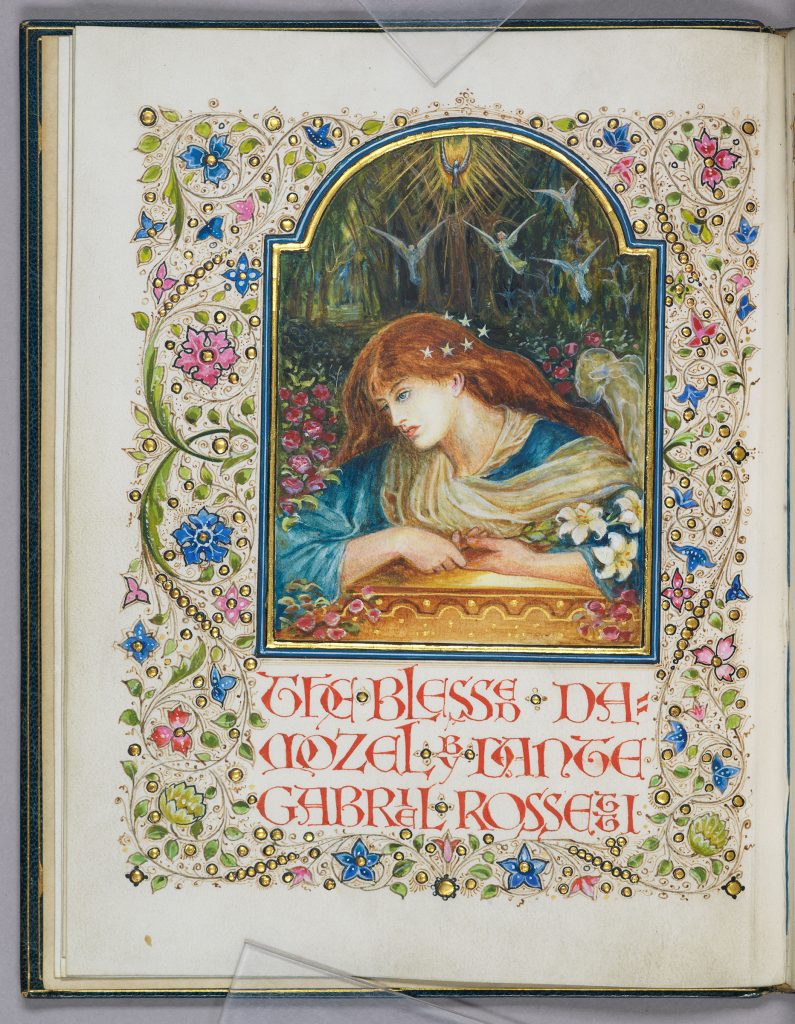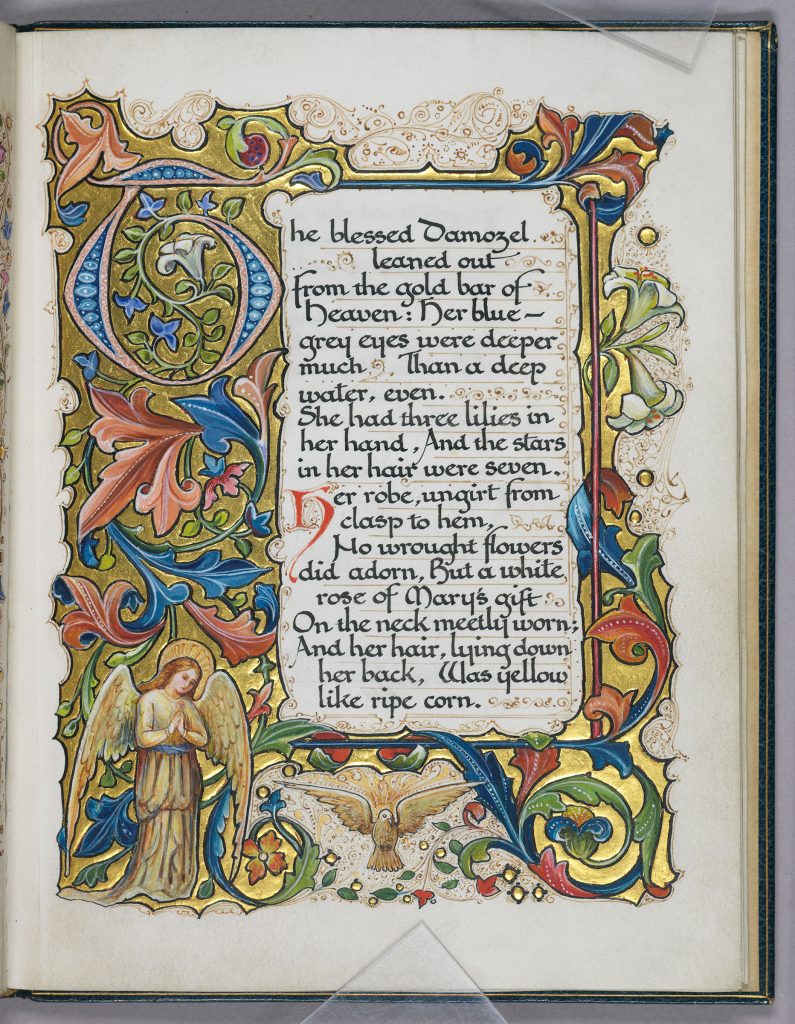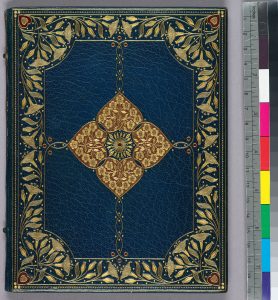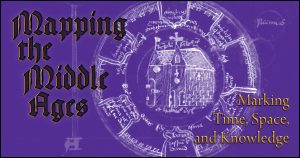by Rachel Bohlmann, American History Librarian and Curator
This Thanksgiving Rare Books and Special Collections features Truman Capote’s short story, “The Thanksgiving Visitor.” It first appeared in the November 1967 issue of McCall’s magazine; as seen here, it was republished with two other holiday stories in 1996 by Random House in its Modern Library series. “The Thanksgiving Visitor” is one of the few stories about Thanksgiving by a major American author.1 Capote wrote it soon after he had achieved professional success and widespread recognition for his nonfiction novel, In Cold Blood, published in 1965.
“The Thanksgiving Visitor” is loosely autobiographical, based on Capote’s childhood in early 1930s Alabama. Told in the first person by nine year-old Buddy, it recounts his bullying at school by an older boy, Odd Henderson. While Buddy’s family is relatively prosperous during the depths of the Great Depression, Odd’s family is struggling.
When Buddy’s older cousin, Miss Sook, learns of Buddy’s troubles with Odd, she invites him to Thanksgiving dinner, a grand and sprawling affair of family members, friends, and neighbors. At Buddy’s objection to his cousin’s generosity, Miss Sook reminds him, “when all around us we see people who can’t satisfy the plainest needs, I feel ashamed. . . . The shame I feel is for all of us who have anything extra when other people have nothing.” (p. 78)
When the gathering sits down to eat Buddy believes his moment for revenge has come. He announces that he had just seen Odd steal Miss Sook’s prized cameo pin. Miss Sook counters Buddy’s claim, clearing Odd of blame, at which point the boy confesses that he had stolen the pin, returns it, and leaves. Buddy feels betrayed by Miss Sook for having sided with his nemesis.
Later, Miss Sook explains to Buddy that however wrong, Odd’s action had not been calculated, while Buddy had set out deliberately to humiliate Odd in front of everyone at the table. “There is only one unpardonable sin,” Miss Sook tells Buddy, “deliberate cruelty. All else can be forgiven. That, never.” (p. 104)
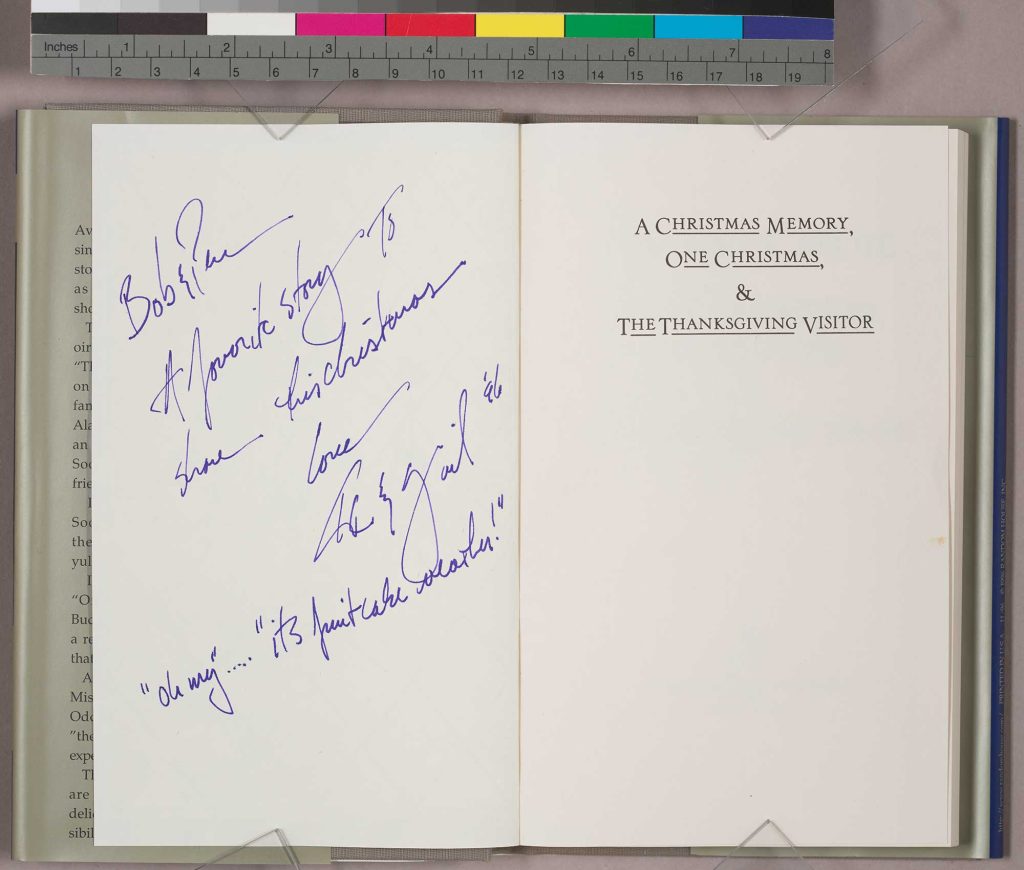
This copy was owned by Penelope Creeley and the poet Robert Creeley and was part of his library, which Hesburgh Libraries acquired in 2011.
Happy Thanksgiving!
RBSC will be closed during Notre Dame’s Thanksgiving Break (November 25-26, 2021). We wish you and yours a Happy Thanksgiving!
Thanksgiving 2023: Beat Generation Cookbook: Illustrated
Thanksgiving 2022: Turkey for the People
Thanksgiving 2021: The Thanksgiving that Gave Us a Song, a Movie … and a Cookbook!
Thanksgiving 2020: Happy Thanksgiving to All Our Readers
Thanksgiving 2019: “Thanksgiving Greetings” from the Strunsky-Walling Collection
Thanksgiving 2018: Thanksgiving from the Margins
Thanksgiving 2017: Playing Indian, Playing White
Thanksgiving 2016: Thanksgiving Humor by Mark Twain
Thanksgiving 2015: Thanksgiving and football
Footnotes
1. Michael P. Bibler, “How to Love Your Local Homophobe: Southern Hospitality and the Unremarkable Queerness of Truman Capote’s ‘The Thanksgiving Visitor’,” MFS Modern Fiction Studies, Vol. 58, no. 2 (Summer 2012): 284.
